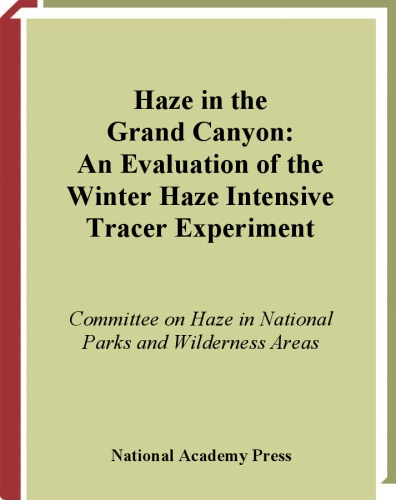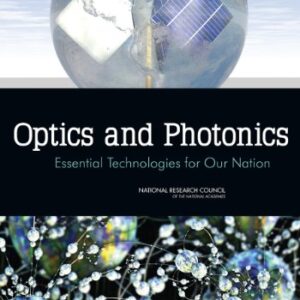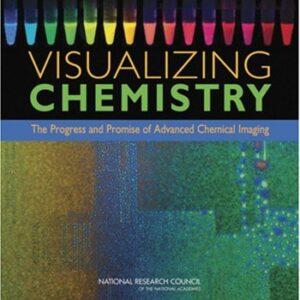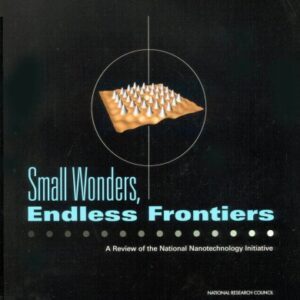The Grand Canyon is one of the most spectacular natural sights on earth. Approximately 4 million visitors travel to Grand Canyon National Park (GCNP) each year to enjoy its majestic geological formations and intensely colored views. However, visibility in GCNP can be impaired by small increases in concentrations of fine suspended particles that scatter and absorb light; the resulting visibility degradation is perceived as haze. Sulfate particles are a major factor in visibility impairment at Grand Canyon in summer and winter. Many wintertime hazes at GCNP are believed to result from the accumulation of emissions from local sources during conditions of air stagnation, which occur more frequently in winter than in summer. In January and February 1987, the National Park Service (NPS) carried out a large-scale experiment known as the Winter Haze Intensive Tracer Experiment (WHITEX) to investigate the causes of wintertime haze in the region of GCNP and Canyonlands National Park. The overall objective of WHITEX was to assess the feasibility of attributing visibility impairment in specific geographic regions to emissions from a single point source. The experiment called for the injection of a tracer, deuterated methane (CD?), into one of the stacks of the Navajo Generating Station (NGS), a major coal-fired power plant located 25 km from the GCNP boundary and 110 km northeast of Grand Canyon Village. A network of field stations was established in the vicinity — mostly to the northeast of GCNP and NGS — to measure CD? concentrations, atmospheric aerosol and optical properties, and other chemical and physical attributes. 19 refs., 3 figs.
Technical
{PDF} Haze in the Grand Canyon: An Evaluation of the Winter Haze Intensive Tracer Experiment National Research Council, Washington, DC (USA). Committee on Haze in National Parks and Wilderness Areas; DOE/FE; Washington Procurement Operations Office, Washington, DC (United States).; United States. Department of the Interior.; United States. Environmental Protection Agency.; United States. Department of Energy. Office of Scientific and Technical Information.
$19.99






Reviews
There are no reviews yet.